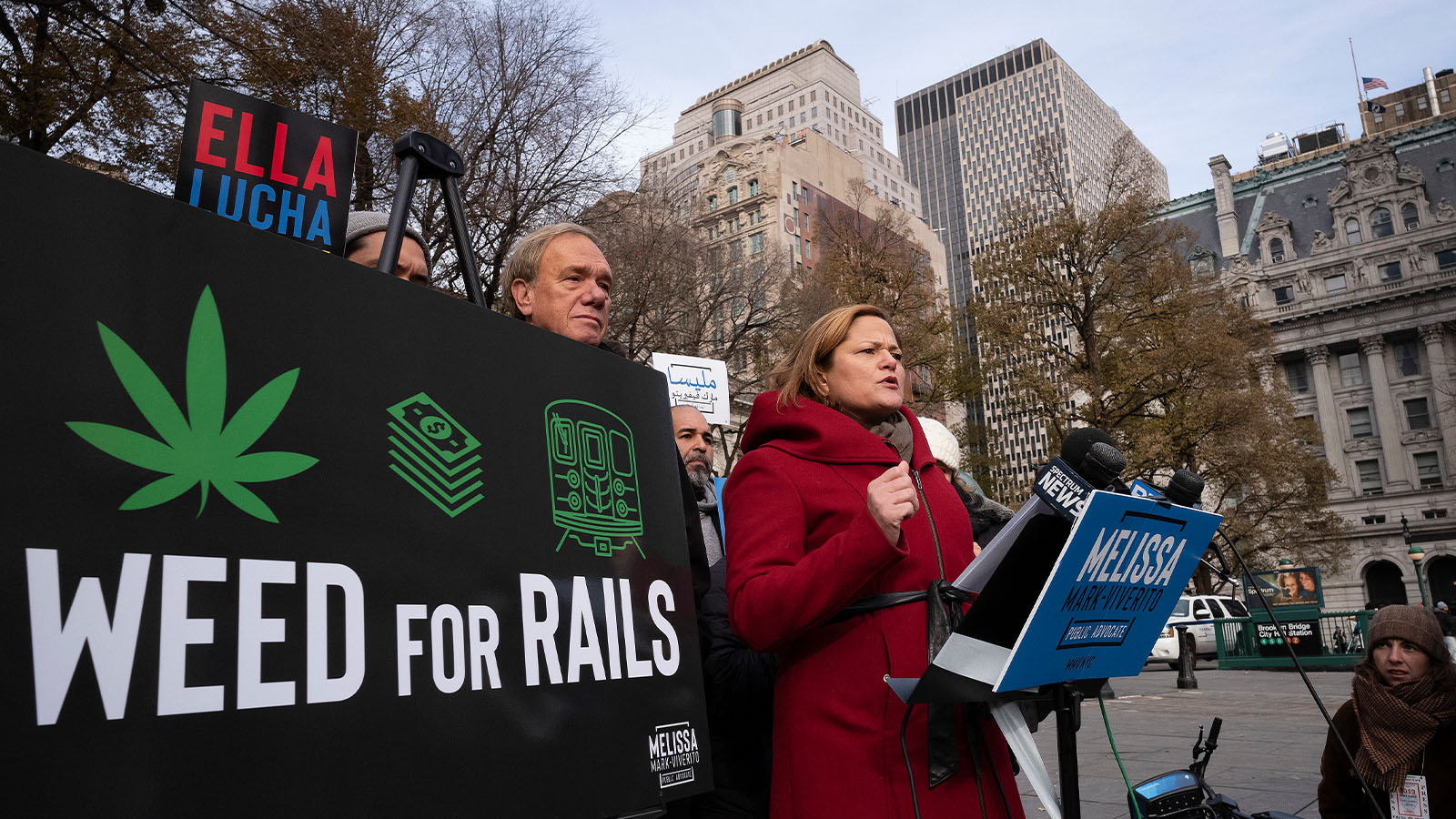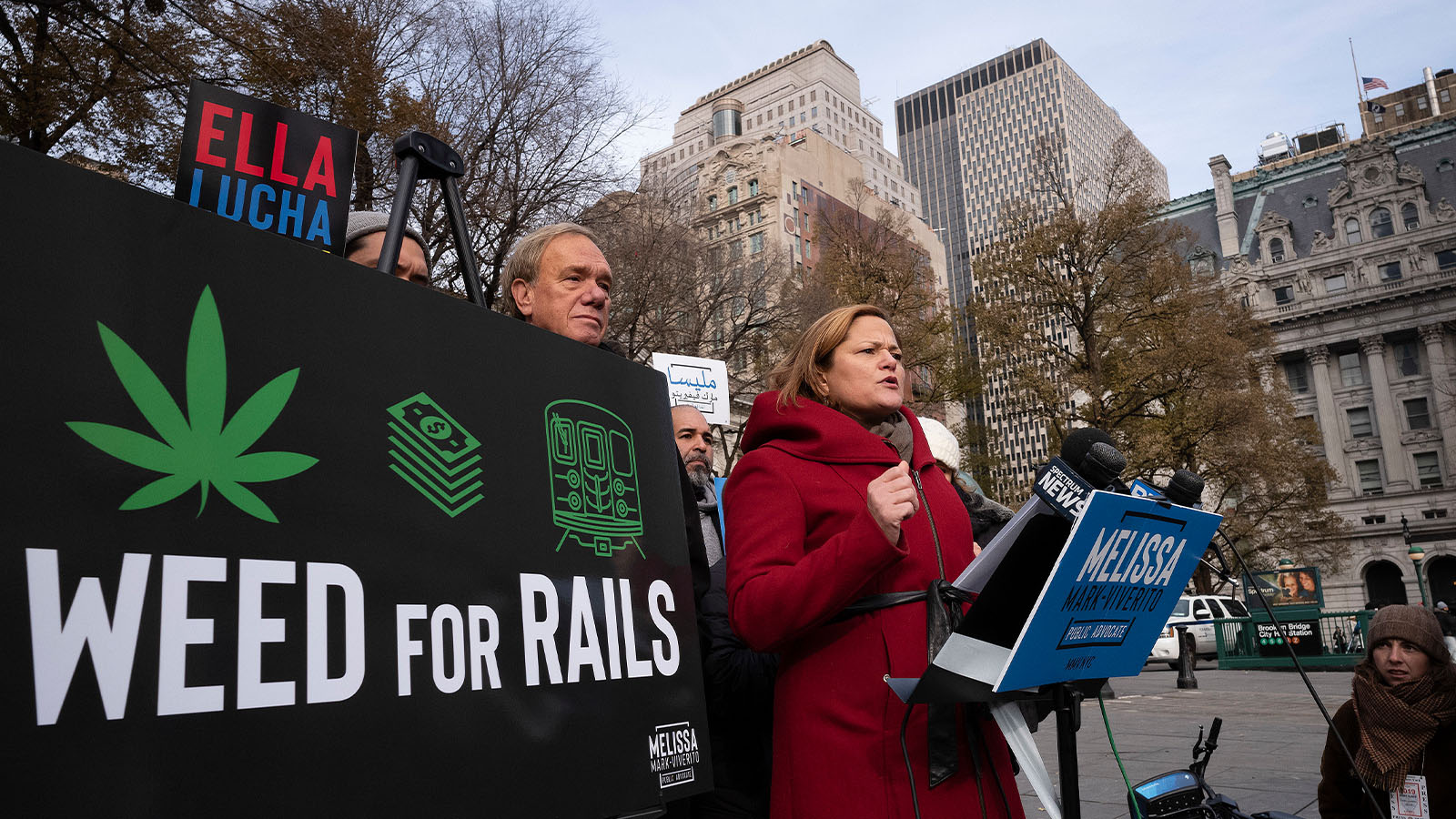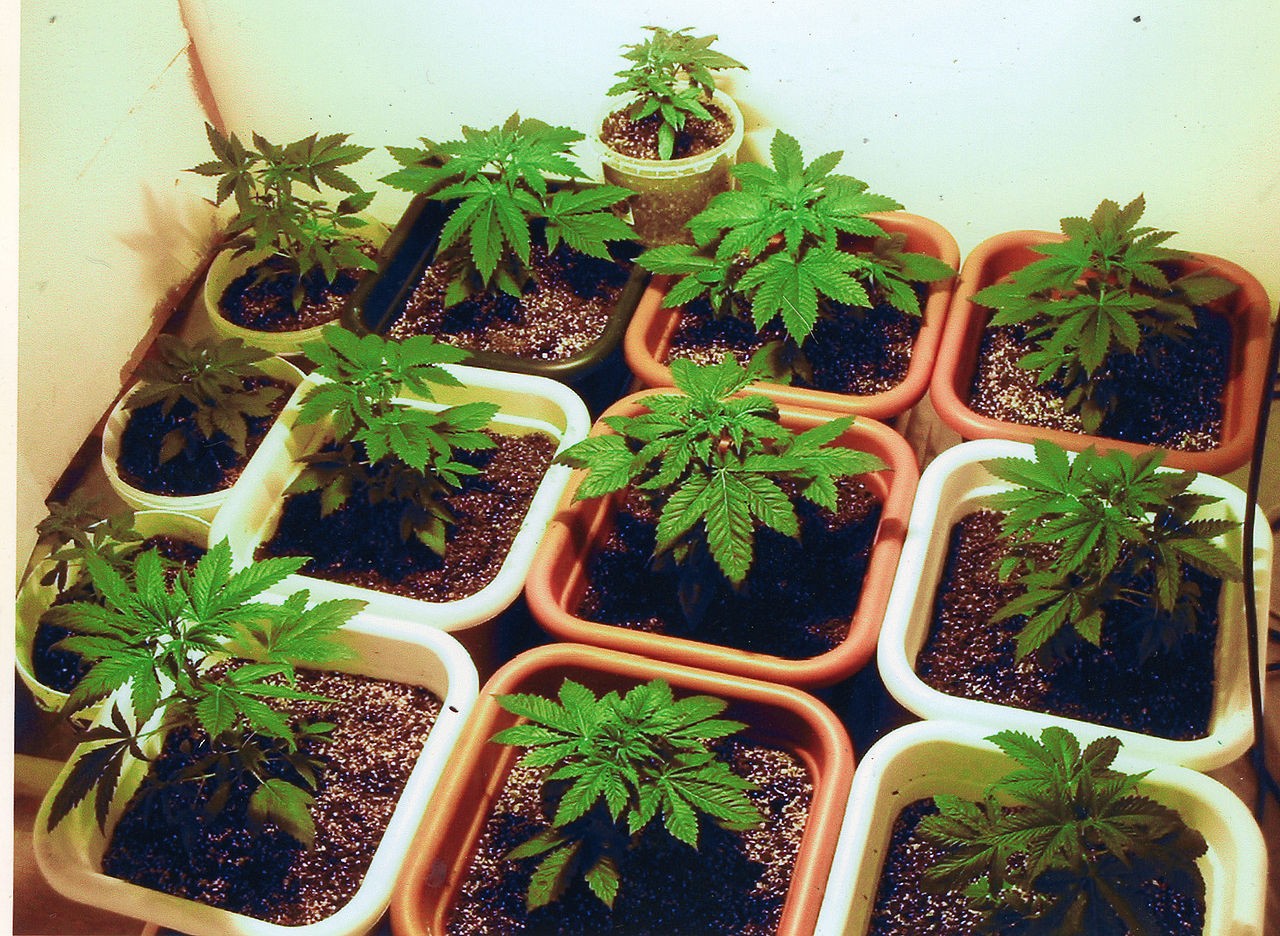
ALBANY, N.Y. — Efforts to legalize marijuana for recreational use in New York are gaining steam, and Democratic Gov. Andrew Cuomo predicts a bill will pass this year, though in his State of the State address on Jan. 15, 2019, he offered some details on his plan to legalize marijuana. But don’t expect to see marijuana shops opening up from Brooklyn to Buffalo anytime soon.
While there’s broad agreement on the idea of legalization, there’s no consensus on a long list of details that must be figured out first.
Taxes and regulations must be approved. Rules for licensing retailers must be written. A new government entity may have to be created. Local governments will have to be brought in. Even after a bill passes, it could take a year or more for any adult-use dispensaries to open, based on what’s happened in other states and New York’s own experience with medical marijuana.
While reaching a compromise will prove difficult, lawmakers in New York say they have the advantages of seeing what’s worked and what hasn’t in other states that have eliminated the ban. That growing list includes Washington, Colorado, California, and now neighboring Massachusetts.
“There does seem to be this air of inevitability,” said Democratic state Sen. James Skoufis. “But we need to make sure we do it right.”
Legalize What, Exactly?
Budtender Juan Aguilar helps a customer with a marijuana purchase at Herban Legends in Seattle. Washington was the first U.S. state to permit recreational marijuana sales and use, and New York lawmakers want to look at the progress pitfalls other states have made as they begin to debate adult-use marijuana legalization. (Associated Press file photo/Elaine Thompson)
First, lawmakers will have to set the broad parameters of the law. All legalization proposals so far would eliminate legal penalties for adult-use of marijuana in a private home. Almost all would permit retail shops where people could buy the product.
But what about Amsterdam-style cafes, where users could partake on site, while perhaps enjoying food, a cup of coffee or even an alcoholic beverage? Would people be allowed to consume marijuana outside? In their cars? At hotels? While children are present? Should local governments be able to prohibit dispensaries in a certain town or county?
States have taken their own approach to each question. California allows consumption lounges, while other states do not. Washington, the first state to legalize adult-use marijuana, requires consumers to smoke in their own homes or, if they rent, with their landlord’s permission. Vermont‘s law legalizes possession and use of marijuana but makes no provisions for retail sales.
So far, the 10 states that have legalized cannabis have all put in place a minimum age of 21, mirroring the rules for alcohol. Some supporters, including the New York Public Interest Research Group, say the age should be set at 18 in New York, arguing that picking 21 would only push younger users to the black market.
The growing list of states is one reason why lawmakers say they want to legalize marijuana in New York in 2019. Officials in New Jersey and Connecticut are also weighing legalization, and Massachusetts and Vermont have already done it. Officials say they don’t want to be left behind and see New Yorkers travel to other states to spend their money.
“I think we’re going to pass it,” Cuomo said in mid-January 2019 when asked about the prospects for passage this year.
How Many, and How Soon?
Will the state create a new agency to oversee marijuana, put it under the control of an existing office, such as the Department of Health, which oversees medical marijuana, or leave much of the decision to local governments?
The answer could determine how many retail shops are ultimately allowed, and when they might open.
New York has a history of taking a slow, cautious approach when it comes to cannabis. Lawmakers approved medical marijuana in 2014, but in a limited fashion. Only a handful of dispensaries were authorized, and only non-smokable forms of cannabis were allowed. Even then, the first dispensaries didn’t open for nearly 18 months.
In California, many of the decisions about licensing and approving local marijuana retailers are given to local authorities, with the thinking that they know what works best for their community, residents and businesses. But opponents say it can lead to a confusing mishmash of rules and a lack of oversight.
Massachusetts took a far different approach, giving a state task force control over approving retail shops. That’s led to a slower, more conservative roll out. Voters approved legalizing marijuana in 2016, but the first retail shops didn’t open until late 2018. Six are now open, compared with hundreds throughout California.
“New York has the benefit of not being the first to do this,” said Democratic state Sen. Todd Kaminsky. “There’s a lot to learn from the rest of the country.”
Who Are the Opponents?
Democrats now control New York’s Assembly, Senate and the governor’s office, giving marijuana supporters a clear path to legal marijuana this year. But opponents remain, and they’ll do what they can to fight or limit legalization.
“Legalizing recreational marijuana could likely adversely impact the health of a great many New Yorkers,” Sarah Ravenhall, the director of the state Association of County Health Officials, wrote in an op-ed published in Syracuse newspaper Post-Standard on Jan. 9, 2019.
The group questions how the state will discourage pregnant or nursing women from consuming cannabis, and whether enough will be done to keep the drug out of the hands of minors.
Local prosecutors have pointed out that law enforcement will have to consider the best ways of testing marijuana impairment in drivers, a difficult goal since the active ingredients in marijuana can stay in the bloodstream for weeks, long after the effects have worn off. That’s a challenge supporters acknowledge as well.
Police and prosecutors around the country are struggling with the same issue. Field sobriety tests have long been used to catch drunken or drugged drivers, and many departments are stepping up their training now that they expect to encounter more drivers who have consumed marijuana. Washington state has established a legal limit of 5 nanograms of THC in a drivers’ system, similar to the well-known 0.08 blood alcohol level used to catch drunken drivers. A nanogram is one-billionth of a gram. Other states are considering following suit.
“To us, the hardest thing to figure out is what do you do about driving under the influence,” said Blair Horner, director of the New York Public Interest Research Group.
Republican New York state Sen. Fred Akshar has voiced concerns about the potential of legalizing marijuana in the state. “It’s going to have a profound effect on public safety,” said Akshar, a former undersheriff. (Associated Press file photo/Mike Groll)
Republican state Sen. Fred Akshar, a former undersheriff, said he and many of his colleagues remain concerned about the harmful effects of legalization.
“It’s going to have a profound effect on public safety,” Akshar said.
How Much in Taxes Will Be Collected?
Among the toughest questions will be how much to charge in taxes and what to do with the revenue. And there’s no shortage of ideas.
Some have suggested revenue could support repairs to New York City’s aging subway system. Others want it spent on efforts to fight addiction and mental health. Many say it should just go into the state’s general fund, like revenue from other taxes and fees.
Then there’s the question of the appropriate tax rate, which creates a problem Goldilocks would understand: set the rate too high and consumers might buy from the black market or drive to nearby states where marijuana is cheaper. Set it too low and the program won’t raise the money officials say the state needs.
“If you charge too much, you will drive the business back to the illegal sales because it is just less expensive,” Cuomo told reporters on Jan. 10, 2019.
What About Criminal Justice Reform?
Marijuana legalization must be accompanied by the expungement of past criminal convictions for marijuana possession, according to Democratic Assembly Speaker Carl Heastie, whose powerful position gives him significant influence over the debate.
Democratic Assembly Speaker Carl Heastie favors medical marijuana legalization for New Yorkers, but he also wants rehabilitation of men and women who have been convicted of marijuana-related charges to be part of the agenda. He is seeking expungement of convictions from criminal records, as well as business opportunities from a legalized marijuana market to give favorable consideration to blacks and Latinos, who have disproportionately been targeted by the criminal justice system as a result of the war on drugs. (Associated Press file photo/Hans Pennink)
Heastie and fellow marijuana legalization supporter, Democratic Assembly Majority Leader Crystal Peoples-Stokes, argue that thousands of black and Latino New Yorkers were unfairly targeted by police and prosecutors during decades of the war on drugs.
Proposals aimed at setting things right include giving minorities or residents of neighborhoods hard hit by the war on drugs precedence when it comes to licenses to grow or sell marijuana. Another would funnel some of the pot revenue toward efforts to help low-income neighborhoods.
— David Klepper
Featured image: Melissa Mark-Vivietro, a candidate for New York City Public Advocate, has said that tax revenues from legalized adult-use marijuana should be used to fund New York City’s extensive but deteriorating subway system. (Associated Press file photo/Mark Lennihan)















